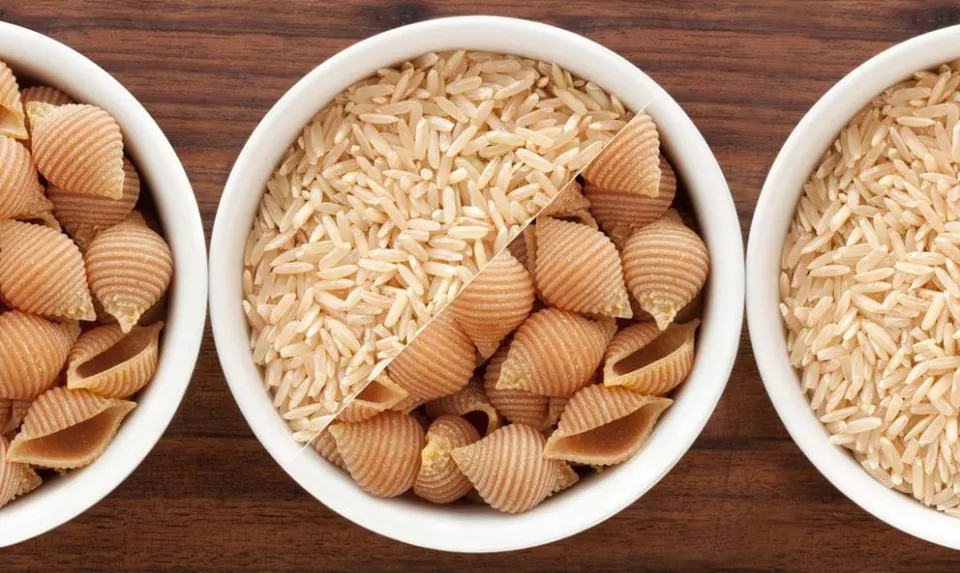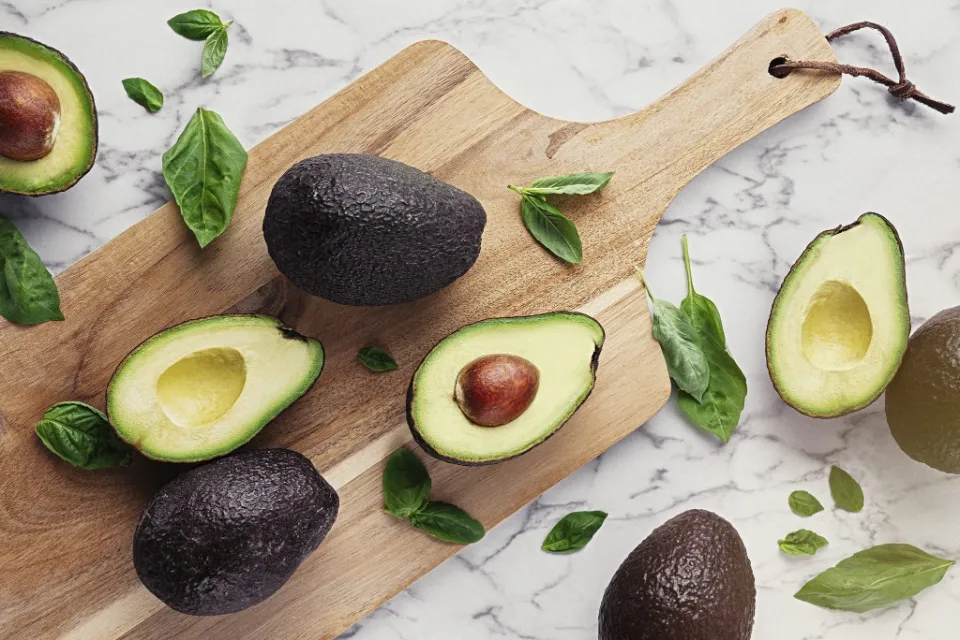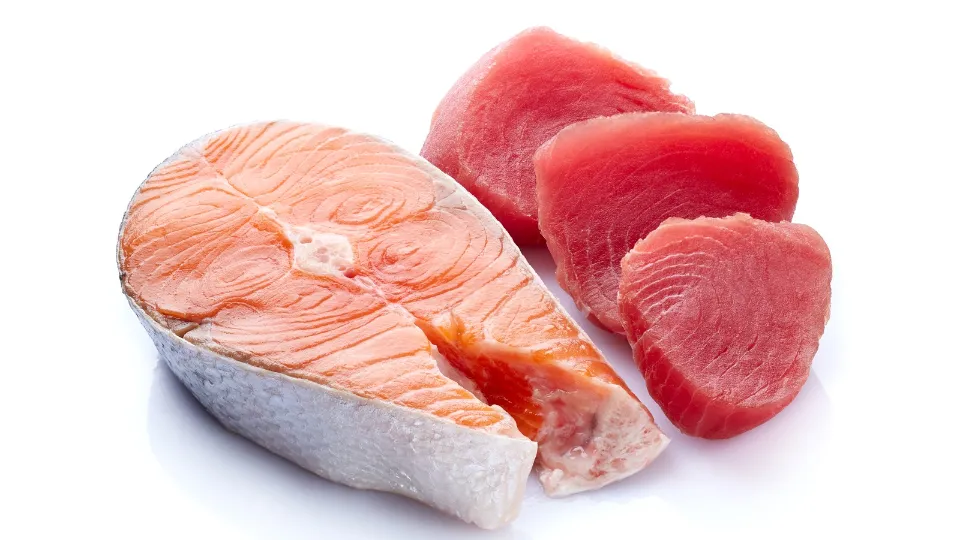Are you well-stocked for emergencies in your pantry? Knowing what food to stock up on during an emergency can be a difficult task and we’re here to help.
Your reliance on your current emergency food supply may increase in the event of a pandemic or natural disaster. Emergency nutrition is very different from regular eating.
Continue reading for a list of 11 foods that you should have on hand in case of emergency.
Table of Contents
What Food to Stock Up on During Emergency?
If you have had plenty of time to prepare for the storm, you still have time to run to the store and buy more hurricane food, such as fresh produce and other items with a short shelf life.
You can replace all of that packaged food with the majority of these foods, which will last for at least a week after being purchased.
If your local farmers’ market is open, be sure to stop by; the produce there is fresher than what you’ll find at your typical supermarket, so you’ll be able to extend the shelf life of your fruits and vegetables by a few days.
Rice, Grains and Pasta
Any accompaniment, including beans, sauteed vegetables, and grilled meats, can be transformed into a complete meal by keeping these pantry essentials on hand. Just be sure to select nutritious options rather than empty carbs. The first ingredient should include the word ‘whole.

Whole grains contain vitamins, minerals and fiber, so make sure your pantry includes products like:
- Barley.
- Buckwheat and kasha.
- Bulgur.
- Whole-wheat couscous.
Choose brown or wild rice when it comes to grains of rice because they are both complex carbohydrates that help you stay fuller for longer and can lower your cholesterol. And finally, if you’re buying something processed, like pasta, look for the words “100% whole grain” and shy away from anything “enriched” or “refined.”
Apples
Apples can be kept for up to three months if they are kept away from more perishable fruits (like bananas), which could accelerate the ripening process.
Read More: Should Apples Be Refrigerated?
Citrus Fruits, Such as Oranges and Grapefruits
Citrus fruits, especially if you buy them when they’re not fully ripe, can stay fresh without refrigeration for up to two weeks due to their high acid content and durable skins. Vitamin C is abundant in oranges and grapefruits, which will also help you stay hydrated.
Avocados

A firm, unripe avocado that you purchase will keep for at least a week without refrigeration.
Tomatoes
Tomatoes will keep at room temperature for a few days if you purchase them unripe.
Potatoes, Sweet Potatoes, and Yams
These root vegetables are good keepers and make scrumptious side dishes if you have access to a functioning stove. Potatoes will last about a month if they are kept in a cool, dark place.
Cucumbers and Summer Squash
These vegetables can be consumed raw and will keep for a few days without refrigeration.
Winter Squash
Winter squashes, like acorn squash, can be stored for a few months even though the majority of them are inedible raw. Stockpile a lot if you can cook during the emergency.
Tuna Or Salmon
Although nothing beats a classic tuna sandwich, there are many other ways to enjoy tuna. It’s only necessary to think creatively. Canned tuna is incredibly versatile, and it’s an inexpensive form of good-quality protein.

The canned tuna and frozen boneless, skinless wild salmon that he advises stockpiling are both good choices. Here are some tasty ways to serve them up:
- For a quick boost of protein, sprinkle them on top of your preferred salad.
- In your go-to recipe for tuna salad, replace the mayo with plain, non-fat Greek yogurt.
- Prepare burgers made with salmon or tuna patties that have been spiced and seasoned. If you have them, you can also include celery, onions, and peppers in the mixture.
- Make tuna or salmon the highlight of your lettuce wraps. Additionally, you can make your own dipping sauce for a unique touch.
- With avocado and your preferred vegetables, make a tasty Cobb salad.
- Add tuna or salmon, along with some sauteed vegetables, to a baked potato.
Hard, Packaged Sausages (Such as Sopressata and Pepperoni)
Tuna and chicken in cans must be consumed occasionally. Try stocking up on a few packages of dry-cured salamis, like sopressata, a delicacy from southern Italy that is sold at most supermarkets. According to Van, they can be stored unopened in the pantry for up to six weeks.
Smart Snacks
It’s time to change up your snacking habits if they are typically sugary, greasy, or excessively salty.
If you make healthier substitutions when you’re purchasing your staples, you’ll have healthy options available for when we need a quick snack.
Related Post: How Much Emergency Food Should I have?
Why Nutrition Counts in An Emergency
It is especially crucial to eat wholesome foods that will support your continued good health if the emergency is medical in nature (such as the coronavirus pandemic of 2020). The higher-quality foods you eat—and the fewer of them you eat—the better because you’ll only have a limited amount in your emergency preparedness kit.
In a disaster or an emergency you want those calories. You need some vitamins, minerals, and fiber to maintain a healthy diet.
In an emergency, generally you tend to think of meeting more basic needs than preferences and flavor. But if you make the right plans, you can eat a wide variety of foods and nutrients. What items—perishable and non-perishable—you should include are discussed here by Andress and Swanson.
More Food Advice for An Emergency
Eating from the Fridge in An Outage
How would you determine what was safe to eat from the refrigerator if the power went out? If your food has spent more than two hours over 40 degrees Fahrenheit, don’t eat it.2 As long as frozen foods have ice crystals or are cool to the touch, they’re still safe.3 “Once it gets to be room temperature, bacteria form pretty quickly, and you want to be very careful about what you’re eating,” says Keep the doors to your refrigerator and freezer closed to delay thawing in order to keep food safe and fresh during a power outage, advises Swanson.
Cooking Without Electricity
You might be able to cook or heat your food even if you don’t have electricity. A charcoal grill or propane stove is an option if you have access to the outdoors; these appliances cannot be used indoors due to inadequate ventilation. Keep a can of Sterno on hand in case you get trapped inside. Essentially, it is heat in a can. It can warm up small quantities of food in cookware without using electricity.
Stocking Up for Special Needs
Remember to stock up on those necessary items as well if your family has special needs, like you regularly taking medication or having a young child. Keep extra bottles of baby food and formula on hand, as well as a backup supply of your prescription drugs.
Choosing Cans in Flood-prone Areas
Consider purchasing all of your pantry essentials in cans if you live in a flood-prone area because they are less likely to be contaminated by flood waters than jars are. “It is advised against consuming home-canned or jarred food that has been exposed to flood waters because the seals are not as strong.
How to Stay Healthy While Eating Stockpiled Foods
To create mouthwatering dishes in your own kitchen, you don’t need a chef’s hat or a back-of-house culinary staff. Simple pantry essentials and some imagination are all you need.
Simply make sure that each meal contains a source of both fiber and protein to help you feel fuller for longer and avoid overeating later in the day.
When you anticipate spending a significant amount of time at home, it is acceptable to keep a few indulgences on hand. Balance and eating lots of vegetables are the keys, as always.
Final Words: What Food to Stock Up on During An Emergency?
Here is a complete guide on what food to keep on hand in case of emergency.
Your daily diet and how you fuel your body during emergencies are very different. You should consume high-energy, high-protein foods because you will likely use more energy than you normally would.
Long-lasting foods should be stocked up because you’ll want to stretch your supply as far as you can.

